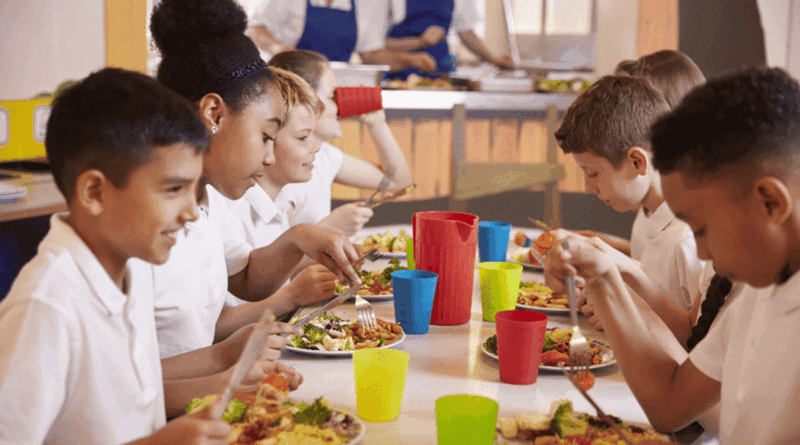School Food Programs and Healthy Eating Habits for Your Kids
On December 13th, 2010, President Barack Obama signed federal statute 111-296, also known as the Healthy, Hunger-Free Kids Act. This legislation was pioneered by First Lady Michelle Obama as a part of her Let’s Move! initiative against childhood obesity. The act gave administrative power to the U.S. Department of Agriculture to set standards for healthy meals and snacks for all schools including Santa Ana preschools.
Meal Guidelines
The Healthy, Hunger-Free Kids Act has several benchmarks for school meal planning. The plan puts more emphasis on whole grains, fruits, and vegetables as well as low-fat dairy products. By cutting down on sodium and fat in student meals, the USDA hopes to decrease childhood obesity through these new standards. Portion control is another area highlighted by the act. Large portions, overeating, and frequent snacking are common contributors to childhood obesity. Age-appropriate portion sizes enforced in schools and homes will help curb hunger while still providing all the right nutrients your children need for healthy growth.
Healthy Snacking
The Healthier U.S. Schools Challenge discourages vending machine options available on many school campuses because they are usually stocked with candy, cookies, and soda. Snack food should never be a substitute for a complete, healthy meal and the program outlines healthier snacks that are low in saturated fat, trans fat, and sugar. For preschool and elementary students, 100% fruit juice, low-fat milk, and water are preferred over caffeinated soft drinks.
Eating Healthy at Home
For parents and guardians who want to provide healthy, affordable meals at home, the act also provides guidelines, meal plans, and recipes. It also encourages growing your own food in a backyard garden. Get the whole family involved with planting, harvesting, and cooking home-grown meals and encourage healthy eating habits that will last a lifetime.

